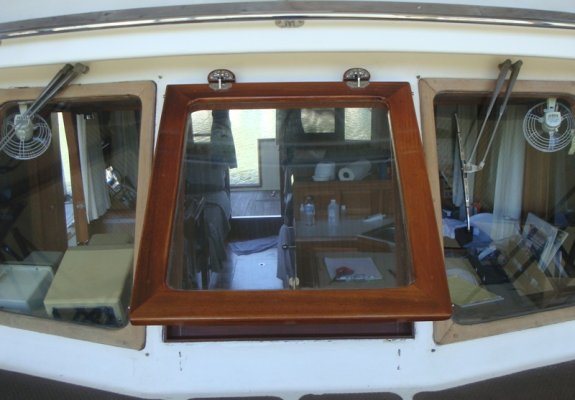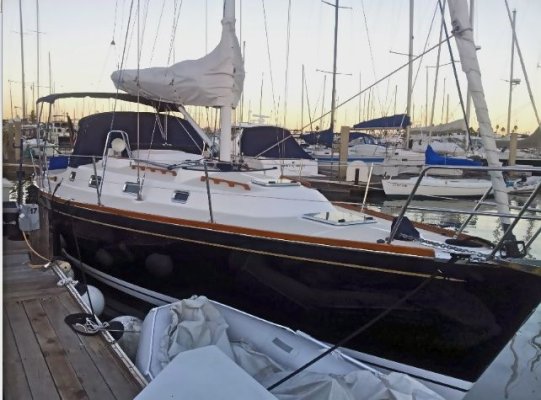sailtones
Veteran Member
- Joined
- Jan 22, 2013
- Messages
- 97
- Location
- Montenegro
- Vessel Name
- Nostra Signora
- Vessel Make
- Marine Trader CHB 34DC
Hi all,
I am new here, but have been enjoying adding to a few posts over the last day or so.
But now I have a question....
I have just purchased a MT34DC that has been laid up for a year or so, the previous owner had all the teak stripped, apart from the transom prior to layup.
I love varnish but am not a fan of dedicating my life to it. This is what I am contemplating doing, but I am keen for other peoples thoughts on how it might change the look of the boat, for better or worse.
Transom - paint
Window trims - paint
hatches - varnish
flybridge trim - varnish
sliding door - varnish
sliding door trim - paint
Cap rails and hand rails - leave bare for now.
Man oh man I am getting tired just thinking of it!



comments welcome!
cheers.
Tony
I am new here, but have been enjoying adding to a few posts over the last day or so.
But now I have a question....
I have just purchased a MT34DC that has been laid up for a year or so, the previous owner had all the teak stripped, apart from the transom prior to layup.
I love varnish but am not a fan of dedicating my life to it. This is what I am contemplating doing, but I am keen for other peoples thoughts on how it might change the look of the boat, for better or worse.
Transom - paint
Window trims - paint
hatches - varnish
flybridge trim - varnish
sliding door - varnish
sliding door trim - paint
Cap rails and hand rails - leave bare for now.
Man oh man I am getting tired just thinking of it!



comments welcome!
cheers.
Tony
Last edited:


